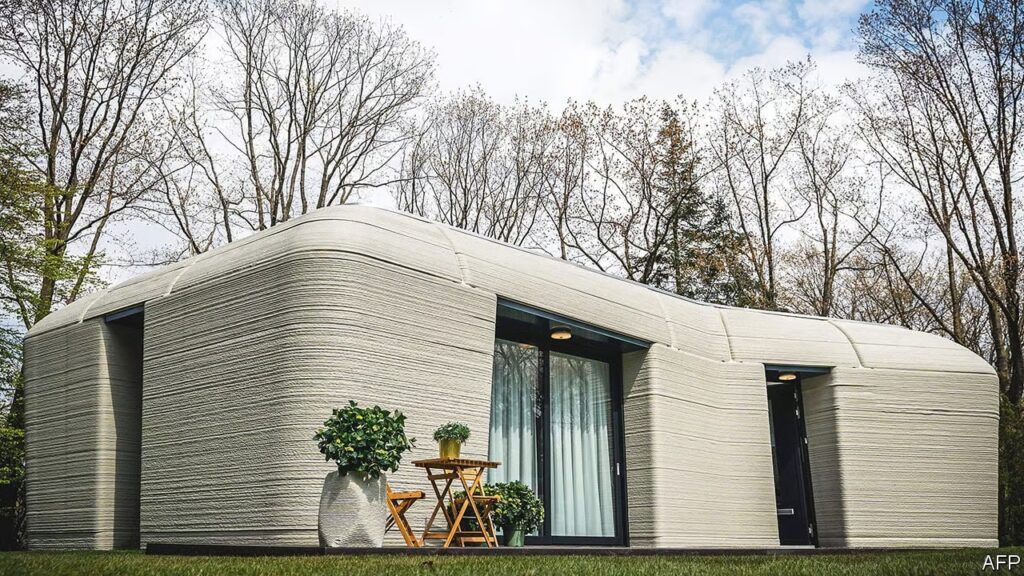
Imagine a world where houses are printed, not built. Where intricate concrete structures rise from the ground in a matter of hours, not weeks. Where sustainable materials seamlessly integrate with cutting-edge design, minimizing waste and maximizing efficiency. This isn’t science fiction – it’s the burgeoning reality of 3D printing in construction.
3D printing construction market is a goldmine waiting to be unearthed. It’s projected to reach a staggering $ 1,575 million by 2024, growing at a cagr 245.9%, driven by a confluence of factors that are reshaping the very fabric of the construction industry.
Why 3D Printing is the Key to Sustainable Construction
- Disruptive Innovation: 3D printing offers a paradigm shift in construction, enabling faster, cheaper, and more sustainable building methods. This has the potential to disrupt traditional players and create entirely new business models.
- Cost Optimization: Imagine reducing material waste by up to 70% and slashing labor costs by automating repetitive tasks. 3D printing unlocks these possibilities, leading to significant cost savings and enhanced profitability.
- Unlocking New Markets: From remote locations to disaster-stricken areas, 3D printing makes construction accessible in previously unthinkable scenarios. This opens doors to untapped markets and expands your reach exponentially. The use of 3D printing materials is increasing due to the increasing demand for custom-made materials for a specific application, wherein manufacturers develop a niche and superior materials by modifying their properties as per the requirements.
- Sustainability Champion: 3D printing utilizes recycled materials and minimizes energy consumption, aligning perfectly with environmental goals and ESG initiatives. This resonates with environmentally conscious consumers and investors alike.
Beyond the Hype: Challenges and Opportunities
While the potential is undeniable, challenges exist. Scalability, regulatory hurdles, and the need for skilled personnel are areas that require immediate attention. However, with the right approach, these obstacles can be overcome:
- Invest in Research and Development: Continuously refine printing technologies, explore new materials, and develop efficient printing processes to overcome scalability limitations.
- Forge Strategic Partnerships: Collaborate with government agencies, research institutions, and construction companies to create a supportive ecosystem for 3D printing adoption.
- Upskill Your Workforce: Train your team on 3D printing technology and design software to ensure smooth implementation and maximize efficiency.
3D printing construction market presents a strategic opportunity to:
- Diversify your portfolio: Invest in 3D printing technology companies, develop your own printing capabilities, or partner with established players in the space.
- Optimize your supply chain: Utilize additive manufacturing to streamline production, reduce inventory costs, and create custom building components on-site.Traditional construction relies on a linear supply chain, with materials flowing from quarries to factories to warehouses and finally to the site. This creates bottlenecks, delays, and excess inventory. 3D printing flips the script, transforming construction into an additive process.
- Lead the sustainability charge: Position your company as a leader in sustainable construction by embracing 3D printing technology and its eco-friendly benefits.
By understanding the potential and challenges of 3D printing in construction, business owners can make informed decisions and capitalize on this transformative technology. The future of construction is being written, and it’s time to start printing the next chapter.


